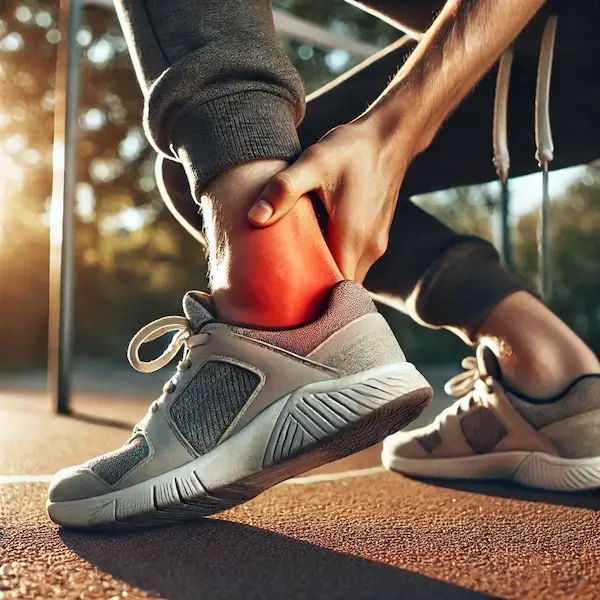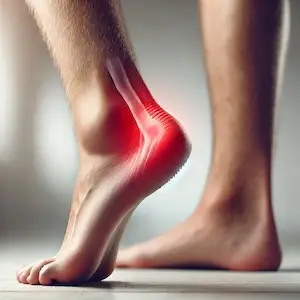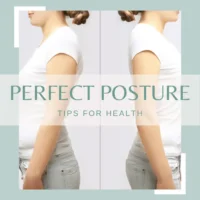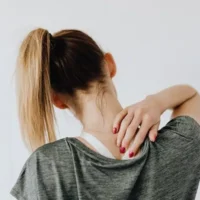Navigating Sever’s Disease in 13-Year-Olds: What You Need to Know

Sever’s disease, or calcaneal apophysitis, might sound complex, but it’s simply a term for heel pain that often surfaces during those critical growth spurts. Think of it as your child’s heel asking for a time out. This condition is quite common among active kids, especially those aged 8 to 15, who enjoy sports and high-impact activities.
What is Sever’s Disease?
Your child’s heel has a growth plate—a soft area of cartilage where the bone is still developing. During growth spurts, this area can become stressed from rapid changes in the body, combined with the physical demands of sports. The Achilles tendon, which connects the calf muscles to the heel bone, tugs on this growing part of the heel, leading to inflammation and pain.
Recognising the Signs
Sever’s disease can be identified by a few key symptoms:
•Heel Pain: The most common sign is pain in one or both heels, which intensifies with activity and improves with rest.
•Tenderness: The back of the heel may be sensitive to touch, making it uncomfortable for your child to walk normally.
•Swelling and Redness: You might notice mild swelling or redness around the heel area.
•Limping or Toe-Walking: To avoid pressure on the heel, your child might start limping or walking on their toes.
•Stiffness: Complaints of heel stiffness, especially after rest or first thing in the morning, are common.
•Pain on Squeeze Test: When the sides of the heel are gently squeezed, your child may experience pain—an indicator of Sever’s disease.
Managing Sever’s Disease
The good news is that Sever’s disease typically doesn’t require intensive treatment. Here are some steps to help your child recover:
•Rest: Encourage a break from high-impact activities, allowing the heel time to heal.
•Ice and Pain Relief: Apply ice packs and use over-the-counter pain relievers to reduce swelling and ease discomfort.
•Supportive Footwear: Invest in shoes with good arch support and cushioned heel cups to provide comfort and stability.
•Stretching Exercises: Gentle stretching of the Achilles tendon and calf muscles can alleviate tension and promote healing.
•Osteopathic Treatment: Osteopathic care offers a holistic approach, using hands-on techniques to improve joint mobility, relieve muscle tension, and guide your child through exercises that strengthen the muscles around the heel.
Supporting Recovery
Sever’s disease may sound daunting, but with the right care, your child can quickly return to their favourite activities. Prioritising rest, supportive footwear, and regular stretching can make a significant difference in managing this condition. Additionally, mixing up activities can help prevent repetitive stress on the same muscles and tendons. If you need further assistance, our osteopathic treatments at Completely Aligned are here to support your child’s recovery, ensuring they get back to feeling their best.
Need help with managing Sever’s disease? Call us today or book an appointment online to get expert care tailored to your child’s needs.
Latest:
We're ready when you are
Don't let pain hold you back from doing the things you love
At Completely Aligned, our door is always open for you to get back to doing the things you love in life. Our team are available now to chat with you and work out how we can best support you.







